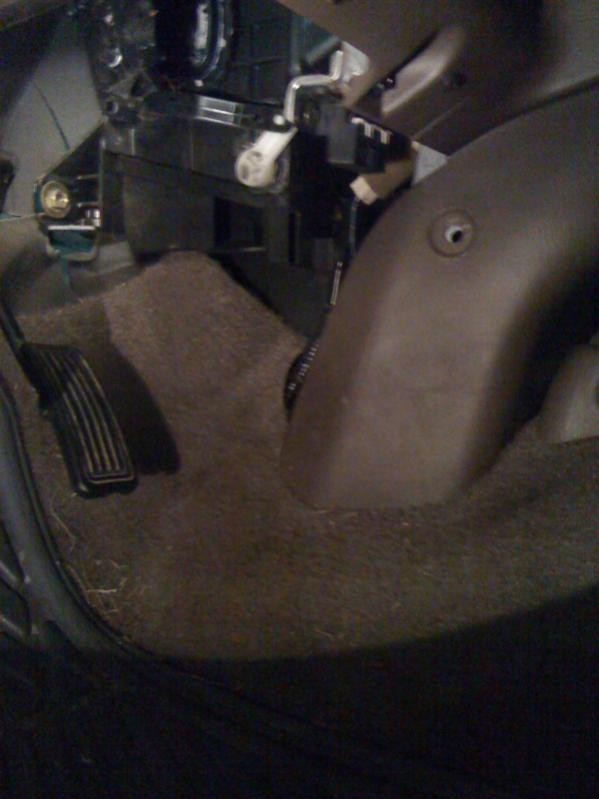Experiencing a check engine light in your 1999 Toyota 4Runner and need to diagnose the issue yourself? The first step is locating the OBD2 port to connect your code reader. If you’re new to OBD2 systems or used to working on older vehicles, finding this port might be a bit of a treasure hunt. Don’t worry, you’re not alone! Many 1999 4Runner owners have faced this initial confusion. This guide will clearly pinpoint where to find the 99 4runner Obd2 Port, enabling you to quickly access your vehicle’s diagnostic information and take the first step towards resolving any engine troubles.
Navigating the dashboard area of your 1999 Toyota 4Runner to find the OBD2 port is simpler than you might think. Forget rummaging behind the stereo or inside the glove box. The OBD2 port in your 3rd generation 4Runner is strategically placed for easy access. Specifically, you’ll find it located under the dashboard on the driver’s side. Look towards the right side of the steering wheel, and down towards the pedals. You’ll need to get down and peek under the dash, closer to the center console area.
Many users describe the 99 4runner obd2 port as being “to the right of the steering column, way over next to the console.” It’s often black in color, which can sometimes make it blend into the surrounding dark dashboard materials, adding to the initial difficulty in spotting it immediately. However, it is designed to be directly accessible without needing any tools for removal or access panels to be opened. You should be able to locate and access the port simply by looking in the described area and feeling for the rectangular OBD2 connector.
Why is finding this port crucial? The OBD2 port is your gateway to understanding your 4Runner’s health when that check engine light illuminates. By connecting an OBD2 scanner or code reader to this port, you can retrieve diagnostic trouble codes (DTCs). These codes provide valuable insights into potential issues, from minor sensor malfunctions to more significant engine or emissions problems. Instead of immediately heading to a mechanic for a diagnostic check, accessing the 99 4runner obd2 port allows you to perform an initial assessment yourself. This empowers you with information, potentially saving time and money by allowing you to understand the problem before seeking professional help or attempting a DIY repair.
Once you’ve located the 99 4runner obd2 port, using it is straightforward. Simply plug your OBD2 scanner into the port. Turn your 4Runner’s ignition to the “ON” position (you don’t need to start the engine). Follow the instructions on your scanner to read the trouble codes. Many scanners will not only display the codes but also provide a brief description of what each code signifies.
 OBD2 port location on a 3rd gen 4Runner, positioned under the right side of the steering wheel near the center console, highlighting its accessibility for diagnostics.
OBD2 port location on a 3rd gen 4Runner, positioned under the right side of the steering wheel near the center console, highlighting its accessibility for diagnostics.
In conclusion, if you’re looking to diagnose a check engine light or monitor your vehicle’s performance, finding the 99 4runner obd2 port is your first step. Remember, it’s located under the dash on the driver’s side, to the right of the steering column and closer to the center console. With this knowledge, you can confidently connect your OBD2 scanner and begin to understand what’s going on under the hood of your trusty 1999 Toyota 4Runner. This simple task can save you time and provide valuable information for maintaining your vehicle’s health.